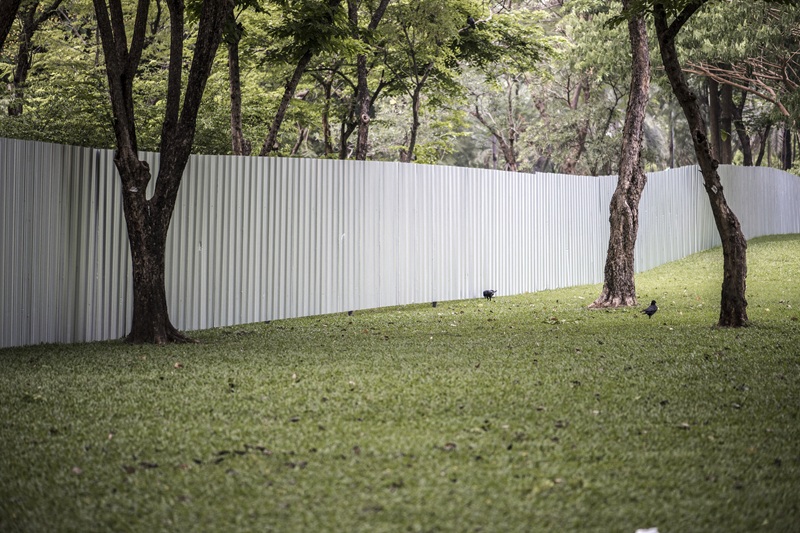This article summarises several important case law principles that guide how our courts deal with nuisance and related matters. It should be read as a general overview, as the outcome in any given dispute will depend on the facts of the case.
Falling Leaves
In Vogel v Crewe and Another [2004] 1 All SA 587 (T), neighbours shared a boundary wall which had allegedly been damaged by the respondents’ trees. The applicant also claimed the trees were a nuisance because their leaves fell into his swimming pool, blocked gutters, and interfered with sewage systems. He applied for an urgent interdict to have the trees cut down.
The court applied an objective test of reasonableness to determine whether the situation constituted a legal nuisance. It emphasised that modern environmental awareness requires greater tolerance for inconveniences arising from living in close proximity to others.
The court weighed the environmental and aesthetic benefits of preserving the trees against the inconvenience to the applicant. The damage to the wall was found to be minor and easily reparable, and the evidence did not support the need for the drastic measure of removing the trees. Not all of the problems complained of were conclusively linked to the trees. The application was therefore refused, with costs awarded against the applicant.

Overhanging Branches
South African law generally allows a property owner to cut back branches that hang over their boundary from a neighbour’s tree. Some case authorities differ on whether prior notice to the neighbour is legally required, but the recommended approach is to give reasonable notice.
Once branches are cut, they should first be offered back to the tree’s owner. If refused, the cutting neighbour may dispose of them. The best practice is for neighbours to:
- Give each other sufficient notice;
- Discuss who will attend to the pruning;
- Agree on who will keep or dispose of the branches; and
- Share the costs where appropriate.
This cooperative approach reduces the risk of disputes escalating.
Water Flow
The case of Pappalardo v Hau [2009] JOL 24655 (SCA) involved owners of adjoining properties on a slope. The respondent’s higher-lying property caused rainwater to collect and dam against the appellant’s boundary wall, leading to conflict over water redirection.
The Supreme Court of Appeal clarified that the concept of natural flow refers to how water would move in its undisturbed state. Importantly, the upper owner has no right to concentrate or channel water onto the lower property in an artificial way, unless entitled by a servitude (through registration, prescription, or agreement).
In disputes of this nature:
- The lower neighbour must accept the natural flow of water.
- The upper neighbour may not impose an unnatural or concentrated flow without legal entitlement.
- If an upper neighbour claims such a right, they must prove the amount of water representing the natural flow.
In this case, the respondent failed to provide evidence of natural flow, and his claim was dismissed.
The Court’s View: Litigation Should Be The Last Resort
Courts consistently encourage neighbours to settle disputes amicably rather than resorting to lengthy litigation. In Williams v Harris [1998] JOL 2667 (A), the appeal court criticised parties for escalating a relatively minor dispute into a costly legal battle that generated thousands of pages of record and multiple petitions.
The judgment warned:
“Who chooses to ride a tiger will find it difficult to dismount it unscathed. Much the same can be said of the decision of the parties to this appeal to indulge in litigation rather than settle their differences in a less acrimonious and costly way.”
The message is clear: where possible, neighbours should appoint independent experts, seek mediation, and find compromise. This often saves both cost and relationships.
VDM Attorneys – Alternative Dispute Resolution And Civil Litigation Attorneys In Sandton
Neighbour law disputes require a careful balance between property rights, reasonableness, and environmental considerations. While the courts provide guiding principles, every case is fact-specific.
At VDM Attorneys, we advise and represent clients in disputes involving nuisance, water flow, overhanging branches, and other property-related conflicts. Our approach prioritises practical solutions, minimising unnecessary litigation while ensuring your legal rights are protected. If you are facing a dispute with a neighbour, contact VDM Attorneys for professional legal assistance tailored to your situation.